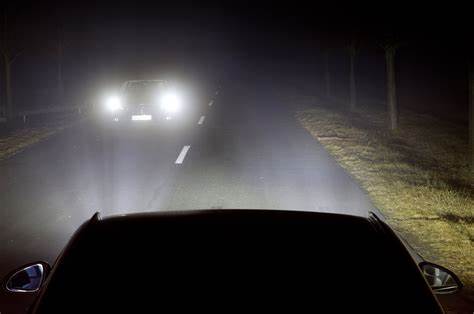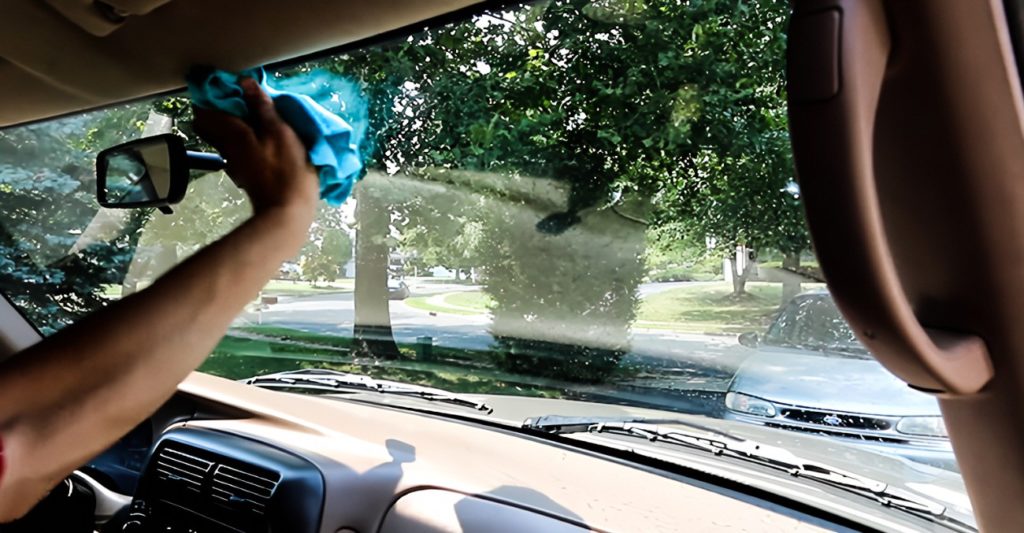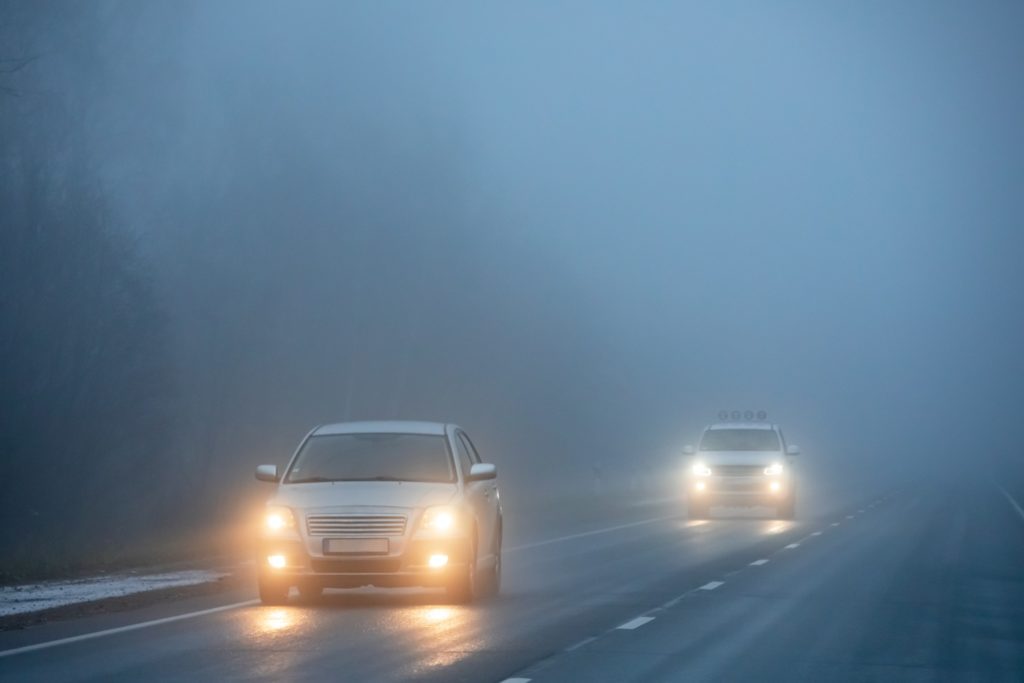Driving at night can be tricky—especially through neighborhoods or dimly lit landscapes—so it’s important to keep in mind a few basic guidelines to make sure you and your vehicle both are well-prepared for the trip. Consider the following suggestions to help get you to your destination safely.

Ensure headlights are aimed properly. If you think your headlights are casting light too far above or below your line of vision on the road, you may need to adjust their aim. You can do this either by following instructions in your vehicle owner’s manual or seeking help from a vehicle maintenance professional.

Dim dashboard lights. Most vehicle makes and models come with a dimmer for the instrument panel. Make sure it’s set to the lowest brightness to limit distraction. Also remember to turn off overhead or visor lights while driving, which also can limit visibility at night.

Don’t wear tinted glasses. Yellow lenses sold to enhance nighttime driving could actually decrease visibility instead of amplify colors and objects. If you wear prescription lenses, opt for an anti-reflective coating, and clean them thoroughly and frequently to optimize effectiveness at night.

Learn how to spot animals and objects. While driving at night, be on the lookout for wildlife creatures’ eyes, which can easily be spotted as pairs of glowing retinas. Any animals’ eyes—like raccoons or deer—typically will reflect the light from your headlights long before their true shapes come into view.

Don’t focus on headlights in oncoming traffic. Keep your eyes on the road in front of you and avoid looking into the headlights of oncoming traffic—especially if you notice a car using the high-beam headlight setting. If the headlights on the car behind you cause a glare in your rearview mirror, adjust the mirror.

Clean your windshield. Use a clean microfiber cloth or newspaper to clean the windshield—inside and out. Make sure the windshield is streak- and smudge-free before driving at night, and try to avoid wiping window condensation with your hands. Fingerprints and oils from your skin can cause streaks that limit visibility in the dark.

Know when to use your fog lights. Many vehicles come equipped with fog lights, which typically are located underneath the front headlights and are aimed low, where fog usually appears on the road. Fog lights also can be useful on a particularly dark road to further illuminate your path.

Adjust your exterior mirrors. Pointing your side-view mirrors down slightly can help reduce glare from other drivers’ headlights and still allow you to see by tipping your head forward a few inches.

Have your eyes checked. Your eyes’ ability to keep moving and scan the landscape rather than solely focus on one spot is imperative for successful nighttime driving. Visit your eye doctor for regular checkups to determine whether prescription lenses could help you see better at night.
I hope you enjoyed the article, stay safe!
Laura Goguet
Community Manager